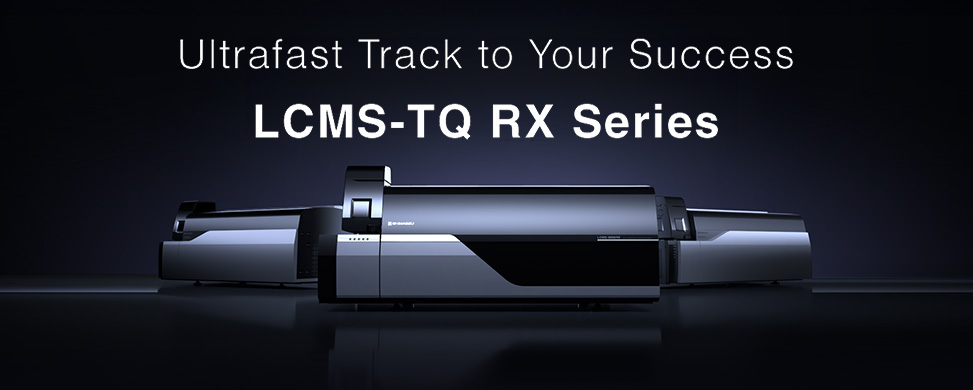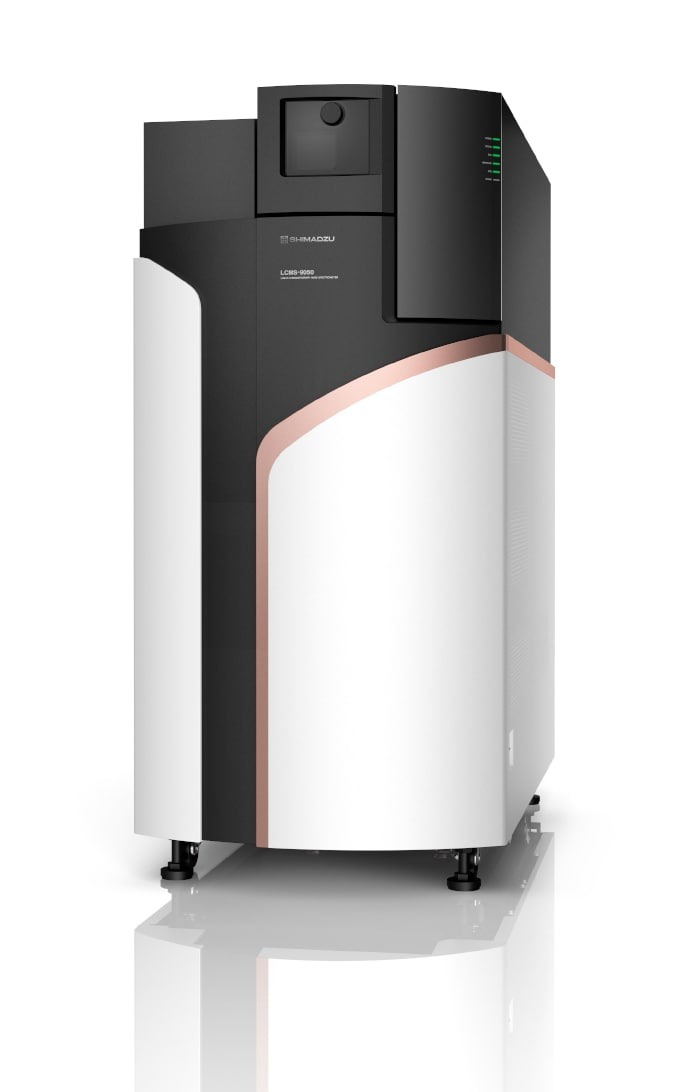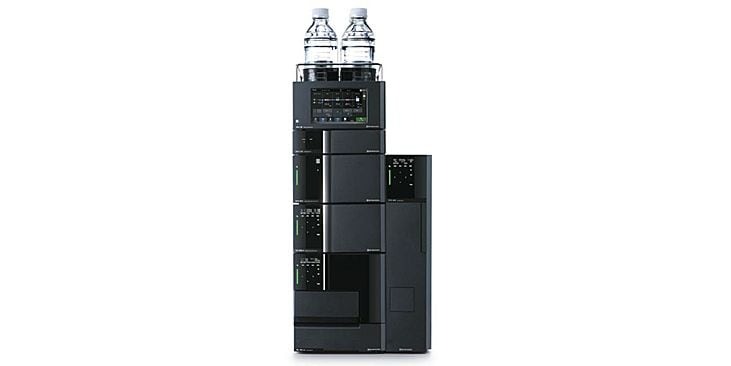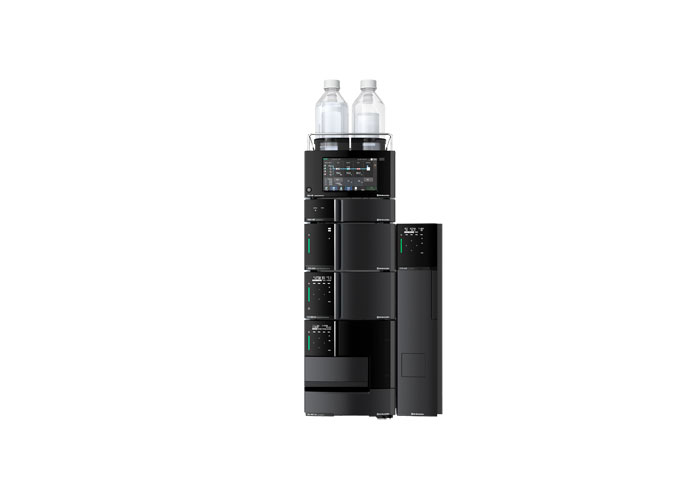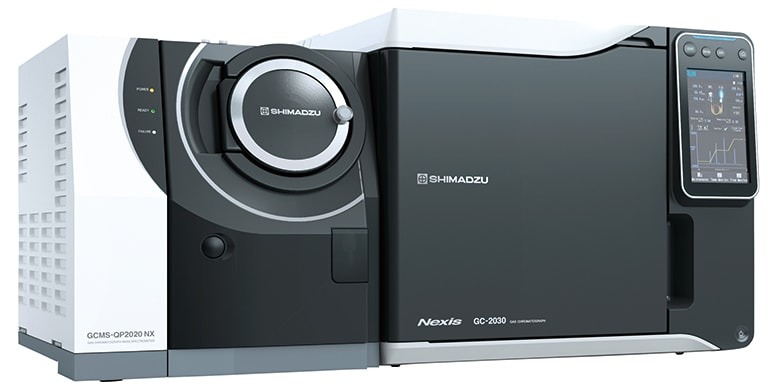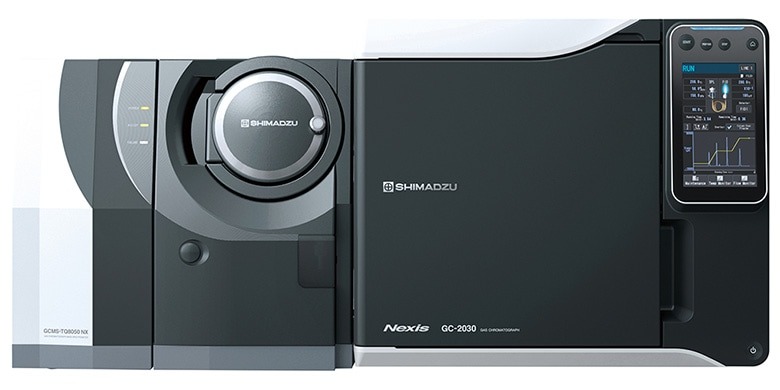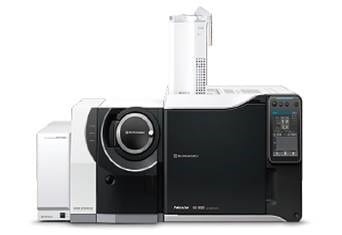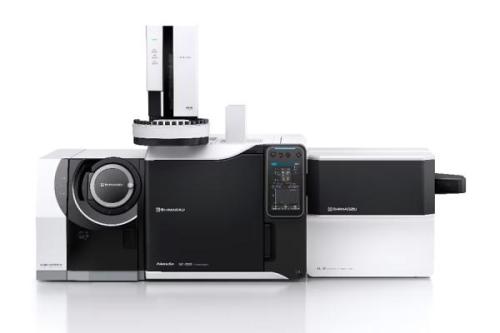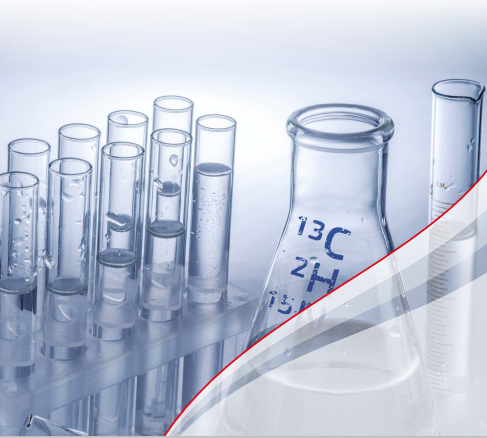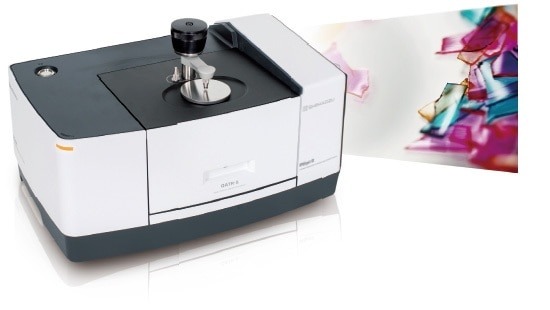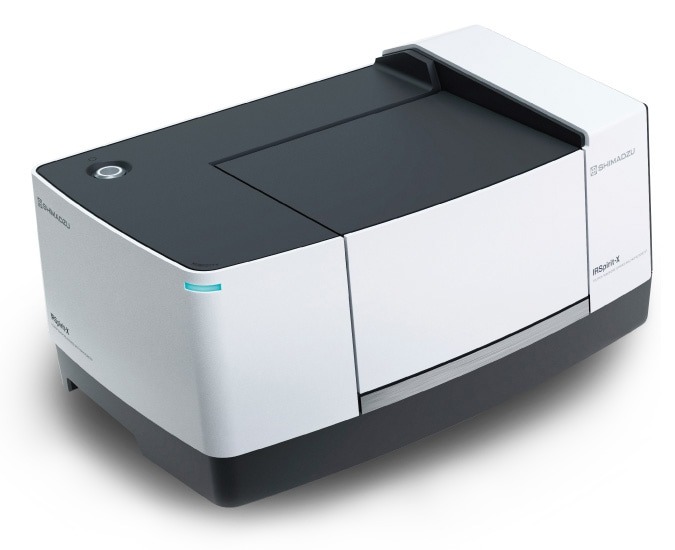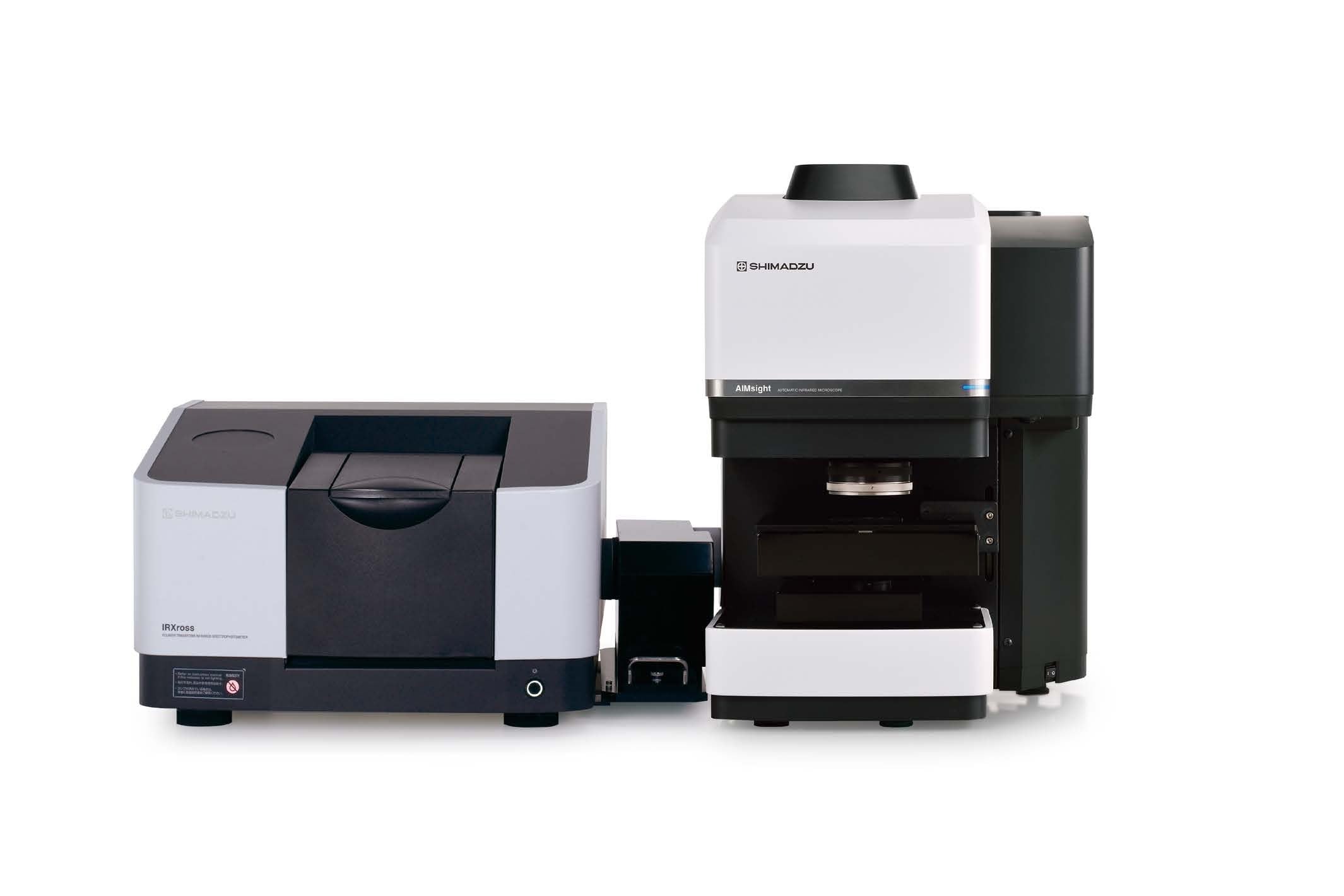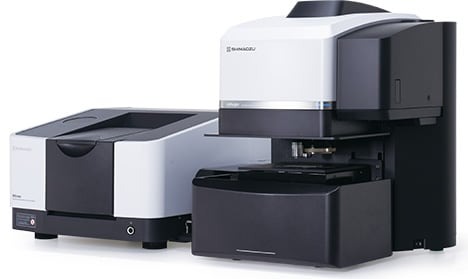SETAC Europe 35th Annual Meeting
11-15 May 2025 | Vienna, Austria

11 – 15 May 2025
Vienna, Austria
Venue: The Austria Center Vienna
SETAC Europe 35th Annual Meeting
Visit Shimadzu at our stand No 57 & 58
As a world leader in Analytical instrument manufacturing, Shimadzu has committed to protect the world's most vital resources by providing instruments, accessories and software that can not only meet but also exceed your productivity, accuracy, and regulatory requirements.
With a strong concern for improving and protecting the environment, Shimadzu has been specializing in the development of instruments for environmental analysis for decades. In that scope, we are always pleased to support SETAC events in different areas every year and participate to the SETAC-2025 for Europe in Austria.
Visit our team of experts on our booth 57/58 to discover our analytical solutions!
150 years anniversary of Shimadzu Corporation
In 2025, Shimadzu celebrates a significant milestone: 150 years of dedication to advancing science and technology. What began in 1875 with Genzo Shimadzu Sr. manufacturing physics and chemistry instruments has evolved into a legacy of innovation and commitment to supporting education, healthcare, and much more.
Throughout its history, Shimadzu has embraced the challenges of each era, contributing to important advancements such as medical X-ray systems and analytical instruments. The company’s focus has always been on meeting the needs of society, guided by the vision of its founder, building on Genzo's spirit of taking on challenges. That spirit is still alive today in the cultural DNA of Shimadzu. Explore our journey through time and discover the milestones that have shaped our legacy.
Product Lineup
Liquid Chromatography - Mass Spectrometry
Liquid Chromatography
Gas Chromatography-Mass Spectrometry
Alsachim SIL
FTIR Spectroscopy & Raman Spectroscopy
Posters:
Tuesday, 13 May 2025
TOC/TN Measurement for the Control and Evaluation of Methane Fermentation of Food Waste
Yoshio Ikezawa - Shimadzu Corporation
Abstract:
Methane fermentation is a biological process in which microorganisms decompose organic materials such as food waste in the absence of oxygen. Methane gas generated through the process is a renewable energy source and fermentation residue can be used as fertilizer. In Japan, a research laboratory have been developing a recycling system which food processing companies adopt methane fermentation plants. In the investigation to make this process improvement, Total Organic Carbon analyzer withTotal Nitrogen detector has been applied becaue the ratio of TC and TN is pretty relating to the efficiency of the process of mehance gas generation. This presentation will show how TOC and TN measurement is working for the optimization research process development .
Tuesday, 13 May 2025
Advanced approach to collect small microplastics in environmental water samples using automatic sample preparation technique
Yoshio Ikezawa - Shimadzu Corporation
Abstract:
The occurrence of microplastics(MPs) and nanoplastics(NPs) in the environment is global issue that requires the collaboration of multiple stakeholders to ensure the life cycle of plastics is properly monitored and managed. Most international efforts have focused so far on the standardization and validation of detection techniques, including Raman and FTIR spectroscopy and Py-GCMS. However, now that regulations for MPs are being developed and more environmental laboratories are starting their routine analysis, effective sample preparation is crucial for their success. Current approaches for eliminating organic content from samples or for separating inorganic materials rely on manual digestion and density separation, and the performance of these steps depends on the operator's proficiency. To obtain more accurate data between laboratories, the homogenized method must be required. In addition, converting from manual to automatic operation would be a solution to improve the accuracy in the data. The automatic preparation device, providing a universal sample preparation process suitable for the follow-up analysis by Raman, FTIR or Py-GCMS, has been available. But it still has some challenges in the treatment of smaller microplastics. This presentation will provide some experiments data using automatic preparation device for isolating smaller microplastics in environmental water samples.
Thursday, 15 May 2025
Automatic sample preparation device for microplastics analysis
Markus Sillanpaa - Finnish Environment Institute (Syke)
Ilse Heiskanen - Finnish Environment Institute (Syke)
Yuki Nakagawa - European Innovation Center, Shimadzu Europa GmbH
Outi Setala - Finnish Environment Institute (Syke)
Yoshio Ikezawa - Shimadzu Corporation
Abstract:
Microplastics have been found in every environmental compartment in urban and remote areas wherever they have been studied. Even though the omnipresence of microplastics in the environment is acknowledged, different approaches in sampling, sample preparation, and particle identification/quantification hamper comparison between studies. Since the environmental samples have a complex particulate matrix, the several laborious treatments must be performed to remove interfering particles prior to chemical analysis.
To lighten the workload and improve the process repeatability, Shimadzu Corporation has developed an automatic sample preparation device (MAP-100) for the isolation of microplastics from environmental samples. The MAP-100 automatically performs a multistep preparation including chemical oxidation, serial (1 to 3) density separation, and final filtration. The efficiency of sample preparation can be enhanced with an integrated magnetic stirrer and temperature control. The lower size limit of MAP-100 is 300 µm. In this study, the performance of the novel sample preparation device was explored.
For a performance test, three types of surface water samples were collected with a manta trawl (mesh size 300 µm) from Lake Saimaa, the Gulf of Finland and the River Vantaa. Hydrogen peroxide (30%) was used for the oxidation of organic material in samples, whereas mineral particles were separated in a saturated sodium iodide solution (density 1.8 g/cm3). The collected samples were spiked with the reference plastics that represented different sizes and densities: 355-425 µm polyethylene and poly(methyl methacrylate), 3 mm polyoxymethylene and 4 mm polypropene. Laboratory blanks were analyzed along with the field samples. The unknown particles were analyzed with a Fourier Transform Infrared spectrometer equipped with an attenuated Total Reflectance measurement unit.
The performance of the MAP-100 was evaluated in terms of recovery rate, sample contamination, and the removal efficiency of sample matrix. The recovery rates were derived for microplastics close to the lower cutoff size of the MAP-100 and to the upper size limit of microplastics. If the performance is satisfactory, the MAP-100 is a very appealing tool for monitoring microplastics in surface water.



